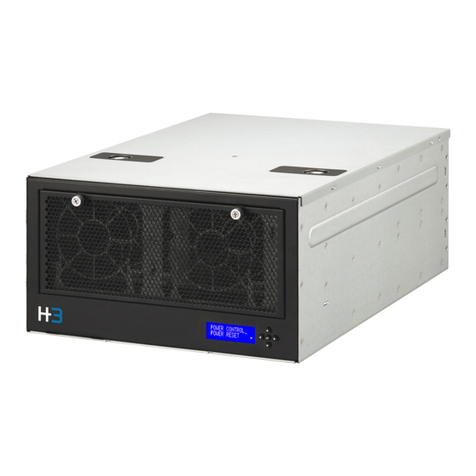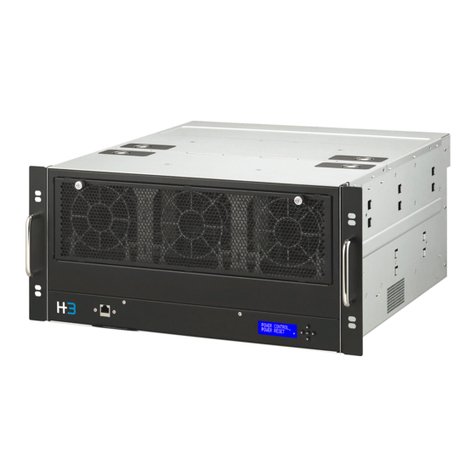Table of Contents
1. Introduction ..............................................................................................................................................2
1.1 Key Features............................................................................................................................................ 2
1.2 System Modes ........................................................................................................................................ 2
2. Technical Specification...........................................................................................................................3
2.1 Chassis ..................................................................................................................................................... 3
Falcon 4109 ............................................................................................................................................ 3
Falcon 4118 ............................................................................................................................................ 3
2.2 Accessories.............................................................................................................................................. 4
External Cable ........................................................................................................................................ 4
PSU........................................................................................................................................................... 4
Host Adapter........................................................................................................................................... 4
2.3 Compatible Devices................................................................................................................................ 6
3. Requirements...........................................................................................................................................7
3.1 CPU............................................................................................................................................................ 7
3.2 Host OS..................................................................................................................................................... 7
3.3 BIOS........................................................................................................................................................... 7
3.4 Web Browsers ......................................................................................................................................... 7
4. Graphical User Interface.........................................................................................................................8
4.1 Log-In ........................................................................................................................................................ 8
4.2 Functions.................................................................................................................................................. 8
4.2.1 Overview ........................................................................................................................................ 9
4.2.2 Resource Management............................................................................................................13
4.2.3 Port Configuration .....................................................................................................................17
4.2.4 Monitor.........................................................................................................................................20
4.2.5 System Health............................................................................................................................22
4.2.6 Chassis ........................................................................................................................................25
4.2.7 Maintenance...............................................................................................................................25
4.2.8 Event Logs...................................................................................................................................27
4.2.9 Setting..........................................................................................................................................28
5. LCD ......................................................................................................................................................... 36
5.1 Operation................................................................................................................................................36
5.2 Menu .......................................................................................................................................................37
5.2.1 Power control .............................................................................................................................38
5.2.2 Power reset.................................................................................................................................38

































